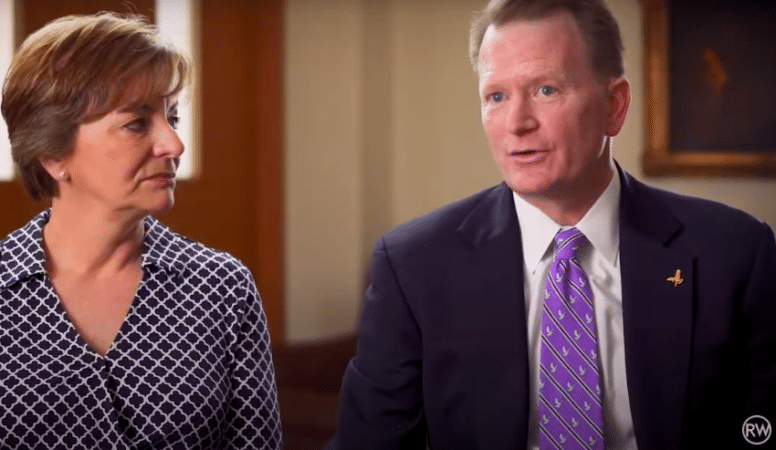Best PSA Examples: Why PSAs Work and Why They Don’t
Updated on June 17th 20234
This is your brain on drugs. The more you know. Only you can prevent forest fires. If any of those phrases ring a bell, it’s because they were the slogans of some of the most effective public service announcements ever created. PSAs are designed to make the public or specific audiences more aware of an issue or epidemic and lead them to make a change or take action.
Here are some reasons why PSAs work and why they don’t:
WHY PSAs WORK
They’re mutually beneficial. Federal government agencies, companies, organizations, and institutions have an opportunity to spread awareness about their cause while also shining a light on their mission. A clear call to action is vital in every PSA. After a company spells out the response it wants its audience to take, they should offer resources and show them how they can get involved and make a change.
They’re authentic. Creating a PSA that is human-centered is one of the easiest ways to ensure the ad will hit home with an audience. People are more inclined to care about a cause and act if they see how it personally affects them or their community.
They’re targeted. Not every message is a one-size-fits-all approach. Powerful PSAs are geared towards their intended audience and not towards the company’s business agenda. Now, organizations are more capable than ever in segmenting their audiences and tailoring messages specifically to those groups. Messages need to be relevant, and one way to ensure this happens is to have people who fit the audience’s description involved in the actual creation of the PSA.
They’re results-oriented. Not only do PSAs aim to build awareness, but their primary purpose is to invoke change. Instead of listing all the reasons a behavior is wrong, they provide ways people can actually get out there and make a difference. Whether they’re promoting healthier practices or informing people about how to get involved in the community, PSAs are providing audiences with action items and not just a catchy slogan.
WHY PSAs DON’T WORK
Its messaging is weak. Companies can create a flashy Public Service Announcement starring a celebrity, but if the argument is a weak message wrapped in fancy theatrics, it will fall flat. This is especially true if the ad is promoting a message in which someone can easily counter-argue the main points.
Its audience is irrelevant. If a PSA is reaching people and communities who don’t relate to the cause, they will show no empathy or care. Maybe the ad manages to grab the audience’s attention at the beginning, but the call to action fails to relate to them or their environment. The viewer may remember the ad itself but won’t be inspired to make a change.
It’s based on scare tactics alone. When trying to spark a change, using scare tactics can be ineffective and damaging, especially when it comes to younger audiences. The audience may think the messaging is overdramatized because they don’t know anyone personally affected. Even worse, the ad could send an unintended message and lead to people participating in the issue you are trying to combat. Companies need to be thoughtful and intentional when creating a PSA that portrays a harsh truth.
It’s not reinforced. People can see or hear a PSA once and may not be fully convinced to take action. If the message is reinforced through other channels, viewers are more likely to have confidence in the messaging and follow through with the call to action. That’s why partnering with someone who understands the digital landscape regarding online placements for PSAs is essential. Someone who understands video and all the ways you can distribute it – YouTube, LinkedIn, Twitter, Instagram, Facebook, etc. – will make sure the message is reaching its intended audience on multiple platforms.
If you interested in having a PSA created for your organization, Rafferty Weiss Media can help. Our experts will create meaningful public service announcements that educate, inform, and disseminate a clear message to targeted audiences. Contact us today or visit our PSA page for more information on our PSA services.
Effective PSAs can leave a lasting impact. Here are examples of the best public service announcements:
Seat Belt Safety TV Public Service Announcement
RaffertyWeiss Media produced a seat belt safety video called “Buckle Up and Survive” sponsored by the DoD’s Defense Safety Over Sight Council. Its purpose was to bring to light how distracted driving is injuring and killing our service members and encourage the use of seat belts.
Stand Up To Cancer Public Service Announcement
For over a decade, MLB has supported Stand Up To Cancer’s mission to fund groundbreaking cancer research focused on saving patient lives. This PSA highlights their message: for all the moments we Stand Up at a baseball game, the most important moment happens when we all Stand Up To Cancer together.
Wishes – A Public Service Announcement
CA Technologies created this PSA to show support to future generations and encourage them to learn math and science to pursue a STEM career.
Fatherhood Involvement | Ad Council: Dance Like a Dad – 2019 PSA
The U.S. Department of Health and Human Services’ Administration for Children and Families (ACF), along with the National Responsible Fatherhood Clearinghouse, and Ad Council launched a series of PSAs showcasing dads and their kids sharing a moment and dancing together to inspire and support working dads who want to spend more time with their kids.
Unlike a regular commercial, the purpose of a PSA is to educate people about topics like substance abuse, education, inclusive workplaces, physical and mental health, and more. Instead of wanting people to purchase a product, those delivering a PSA wish to create awareness and conversations around topics that may be hard to talk about otherwise. Because they’re trying to influence the public to resolve an issue, federal government agencies and companies need to be thoughtful when creating a PSA.



